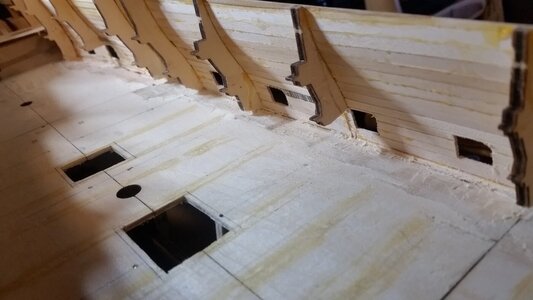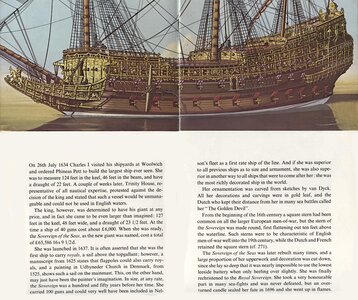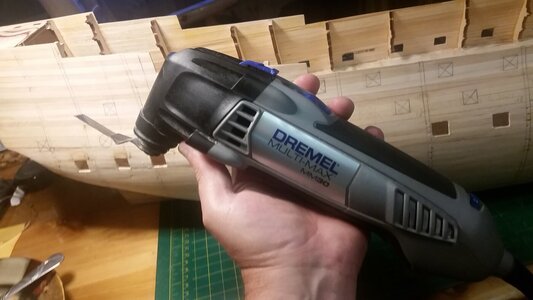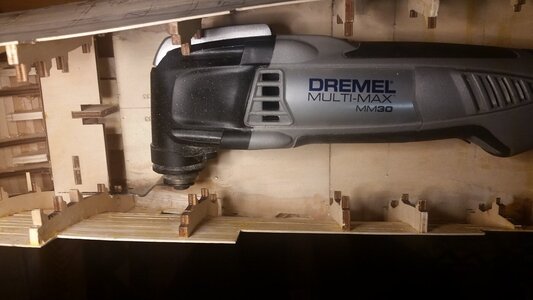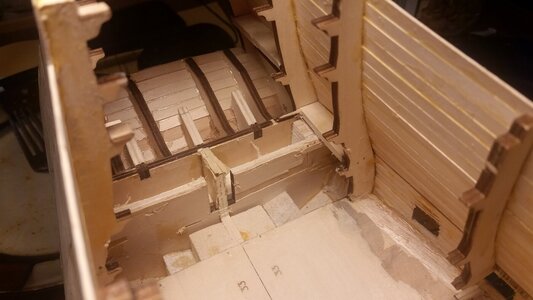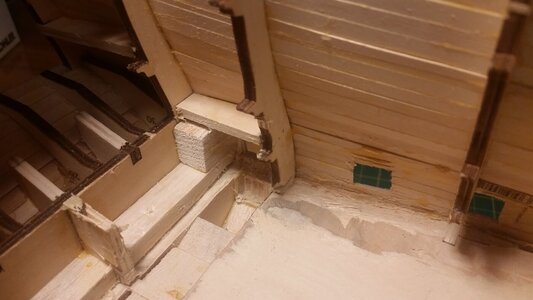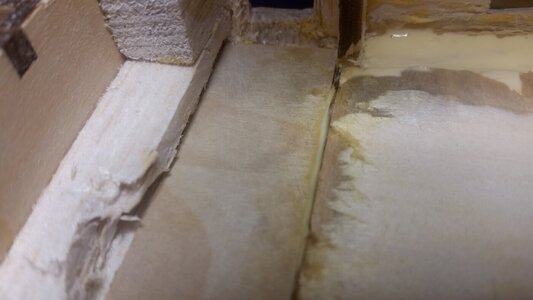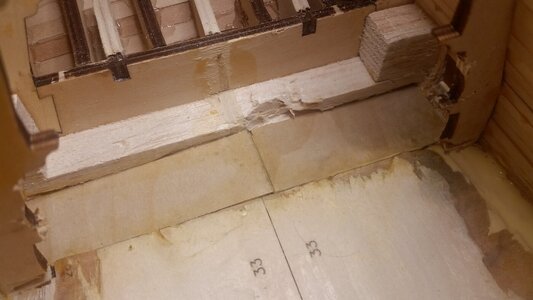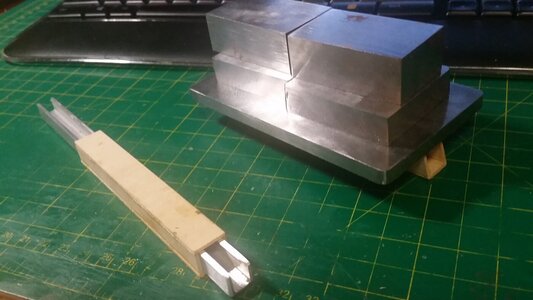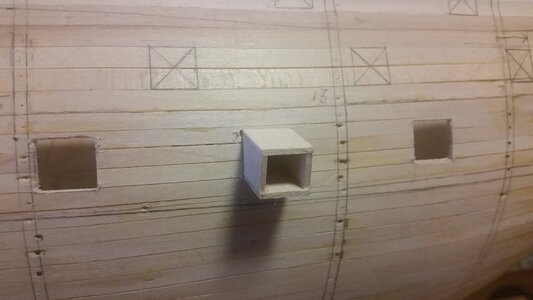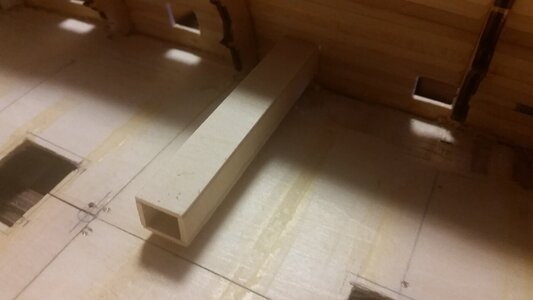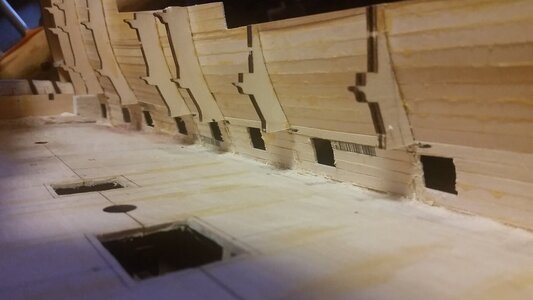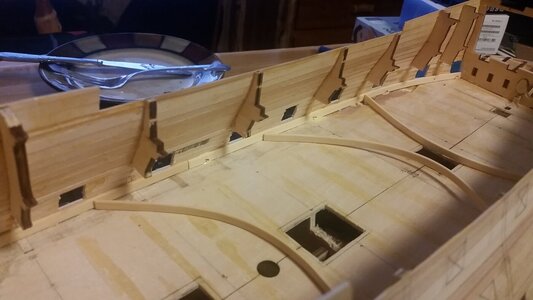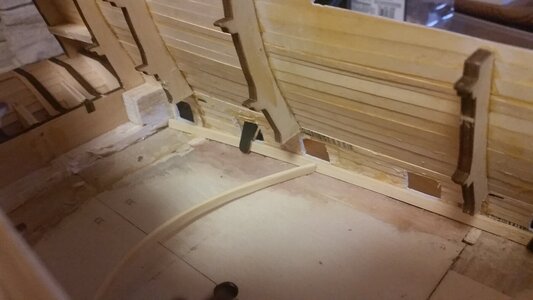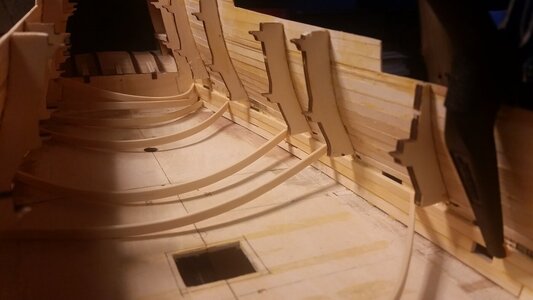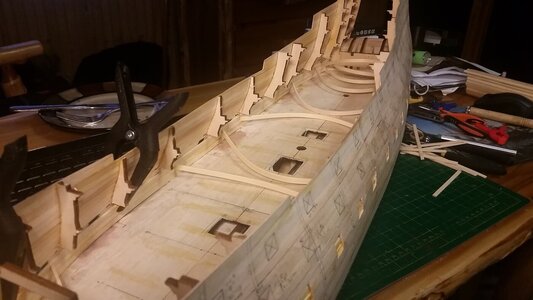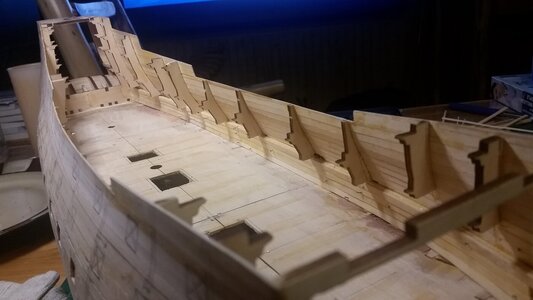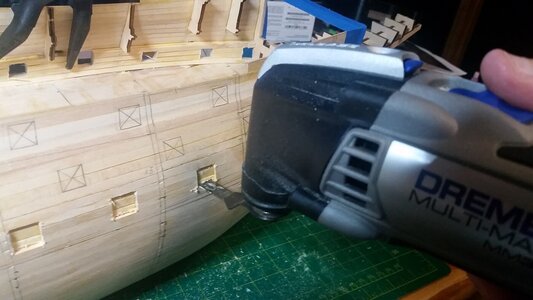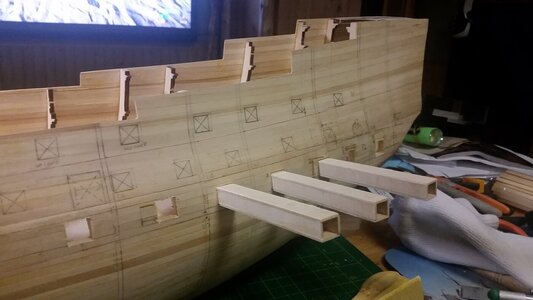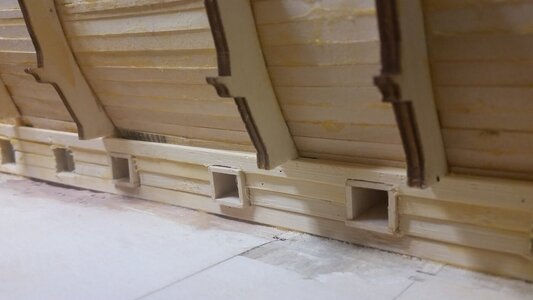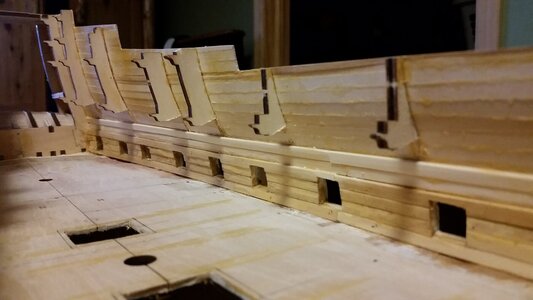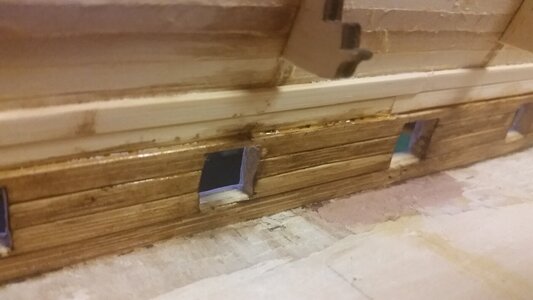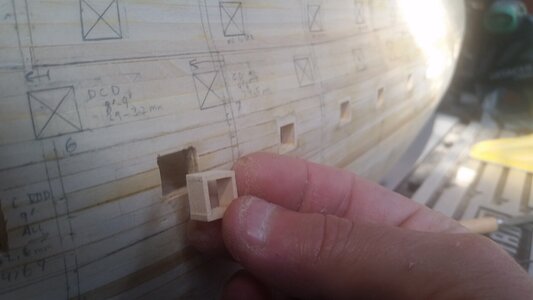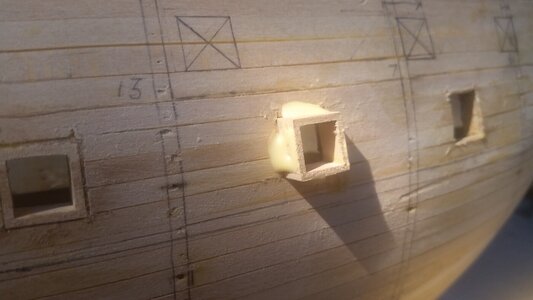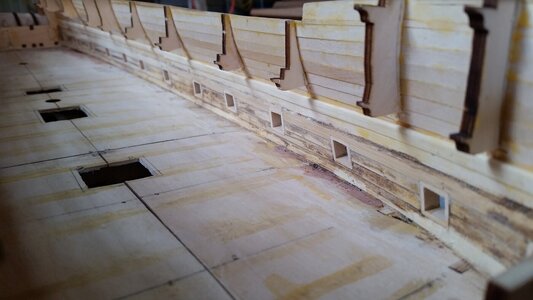Hello HH!Kurt, I’ve fallen out on yours and many other logs I follow because - for some reason that I don’t understand - I do not receive email updates as they happen. It doesn’t matter whether I unwatch/re-watch; I may receive a few updates, thereafter, and then nothing. So, I apologize that I am so far behind. Your log is particularly dense with fascinating information about the ship, so it may take me a little while to get up to date.
What a scathing and, apparently, justified critique by Frank Fox! It is so interesting to have real context for that VDV, the elder drawing.
In any case, my quick scan of your current progress shows just how emphatically your efforts are living up to your build log title. Your ship has wonderful lines, and I look forward to reading up on how you arrived there. Excellent work!
Don't rely on the email notifications, shipmates! I just log in and click "What's new" and get everything cool.
Nice that you found me again. If you have any questions or advice, please speak out. The actually amount of bashing of this kit is still a bit less than the models built by Nigel and Uwe, and I am using both of their builds as a guide for making changes. I am HUGELY disappointed in McKay's book, not because of the inaccuracies, but because I have no means of utilizing the expertise of Frank Fox to get the hull framing even remotely accurate. I can see why he used Deane's Doctrine on Naval Architecture (c.1670) as the basis for hull shape, because that is the greatest source for information on hull design, albeit over 40 years later. However I don't agree that it should be followed under the assumption that nothing had changed in 40 years, especially since Peter Pett also left some information on how the hull shape was made, and HE built the ship! I think the hardest part of modelling isn't building the model, it's piecing together the myriad of source material and information, interpreting it, and coming up with the design based on your own semi-informed decisions.
As for the design of my hull thus far, several changes have been made to accurize it to the information available, but I fear that the metal ornaments provided with the kit will not longer fit on the hull properly as a result, particularly those that define the cells into which the carvings are placed and the edge pieces. Most of the kits parts, detailed as they are, will probably be replaced. I bought a low cost resin 3-D printer and will be teaching myself Blender to make 3-D models of the decorations, in an attempt to make them as close as I can to the ones on Roland Röler's model. Unlike the carvings on Paul's (Dockattner's) WASA, I can save myself LOTS of work and just paint them all gold. Even so, I can't catch up with Dockattner because he works fast, and he had a head start.
Last edited:





